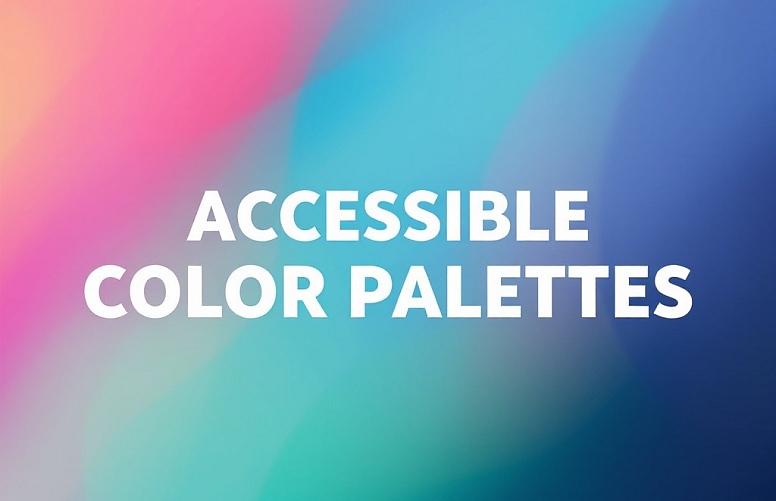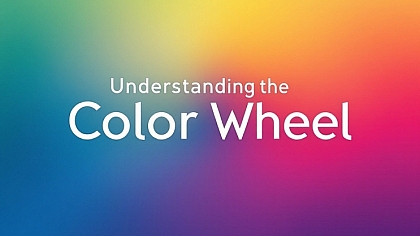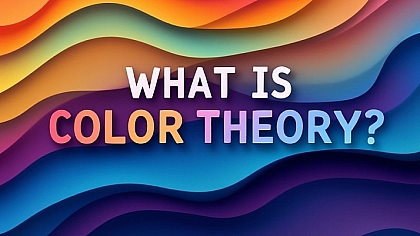
Accessible Color Palettes: Tools & Techniques for Inclusive Design
Designing with accessibility in mind means making sure everyone can use and enjoy your work, no matter their abilities. One of the most important parts of accessible design is choosing colors that work for everyone, including people with color blindness or low vision.
Let’s break down how to create accessible color palettes and the tools that can help you along the way.
What You Need to Know About Accessible Colors
- Accessible colors ensure everyone can see and understand your design.
- Contrast matters: Text and background colors need enough difference to be readable.
- Color blindness affects 1 in 12 men and 1 in 200 women worldwide.
- Tools like contrast checkers and simulators make it easy to test your designs.
Why Accessible Colors Matter
Imagine trying to read a website where the text blends into the background. Frustrating, right? For people with color blindness or low vision, this happens all the time. Accessible color palettes fix this problem by:
- Make the text easy to read.
- Ensure buttons and links stand out.
- Helping everyone navigate your design without confusion.
For example, a healthcare app with accessible colors ensures that someone with color blindness can read important instructions easily.
How to Create Accessible Color Palettes
Here’s a step-by-step guide to choosing colors that work for everyone:
-
Start with High Contrast
- Use tools like the WebAIM Contrast Checker to test your colors.
- Aim for a contrast ratio of at least 4.5:1 for normal text and 3:1 for large text.
-
Avoid Problematic Color Combinations
- Red-green and blue-yellow pairings can be hard for color-blind users to distinguish.
- Instead, use colors with clear differences in brightness.
-
Test for Color Blindness
- Tools like Color Oracle simulate how your design looks to people with color vision deficiencies.
-
Use More Than Just Color
- Add patterns, icons, or text labels to differentiate elements. For example, use an icon next to a colored button to make it clear what it does.
-
Follow WCAG Guidelines
- The Web Content Accessibility Guidelines (WCAG) provide standards for accessible design. Stick to these rules to ensure your work meets legal and ethical requirements.
Tools to Help You Design Accessibly
Here are some tools that make creating accessible color palettes easier:
- Colorik: Generates color palettes and checks contrast ratios.
- Sim Daltonism: Simulates how your design looks to people with color blindness.
- Colorable: Tests color contrast and accessibility in real time.
Real-World Example: Accessible Design in Action
Let’s say you’re designing a website for a school. Here’s how you might use accessible colors:
- Text and Background: Use dark blue text on a light gray background for high contrast.
- Buttons: Make buttons bright yellow with black text so they stand out.
- Charts: Use patterns (like stripes or dots) in addition to colors to differentiate data points.
This approach ensures that all students, including those with color blindness, can use the site without difficulty.
Common Mistakes to Avoid
- Relying Only on Color: If color is the only way to show information, some users might miss it. Always add text or icons.
- Ignoring Contrast: Low-contrast designs are hard to read, especially for people with low vision.
- Overcomplicating Palettes: Stick to a few main colors to keep your design clean and easy to understand.
Why This Matters for Your Work
Using accessible colors isn’t just about following rules—it’s about creating designs that work for everyone. Whether you’re designing a website, an app, or a poster, accessible color palettes make your work more inclusive and user-friendly.
Ready to Make Your Designs Accessible?
Start by testing your current designs with tools like WebAIM Contrast Checker or Color Oracle. Small changes can make a big difference in how people experience your work.
Frequently Asked Questions
1. What is an accessible color palette?
An accessible color palette uses colors that are easy to see and distinguish, especially for people with color blindness or low vision.
2. How do I check if my colors are accessible?
Use tools like contrast checkers or color blindness simulators to test your designs.
3. What’s the best contrast ratio for text?
Aim for at least 4.5:1 for normal text and 3:1 for large text.
4. Can I use red and green together?
It’s best to avoid red-green combinations, as they’re hard for color-blind users to distinguish.
5. Are there tools to help me create accessible palettes?
Yes, tools like Colorik are great for creating and testing accessible color combinations.
By focusing on accessible color palettes, you can create designs that are not only beautiful but also inclusive and functional for everyone. Start today and see the difference it makes!

